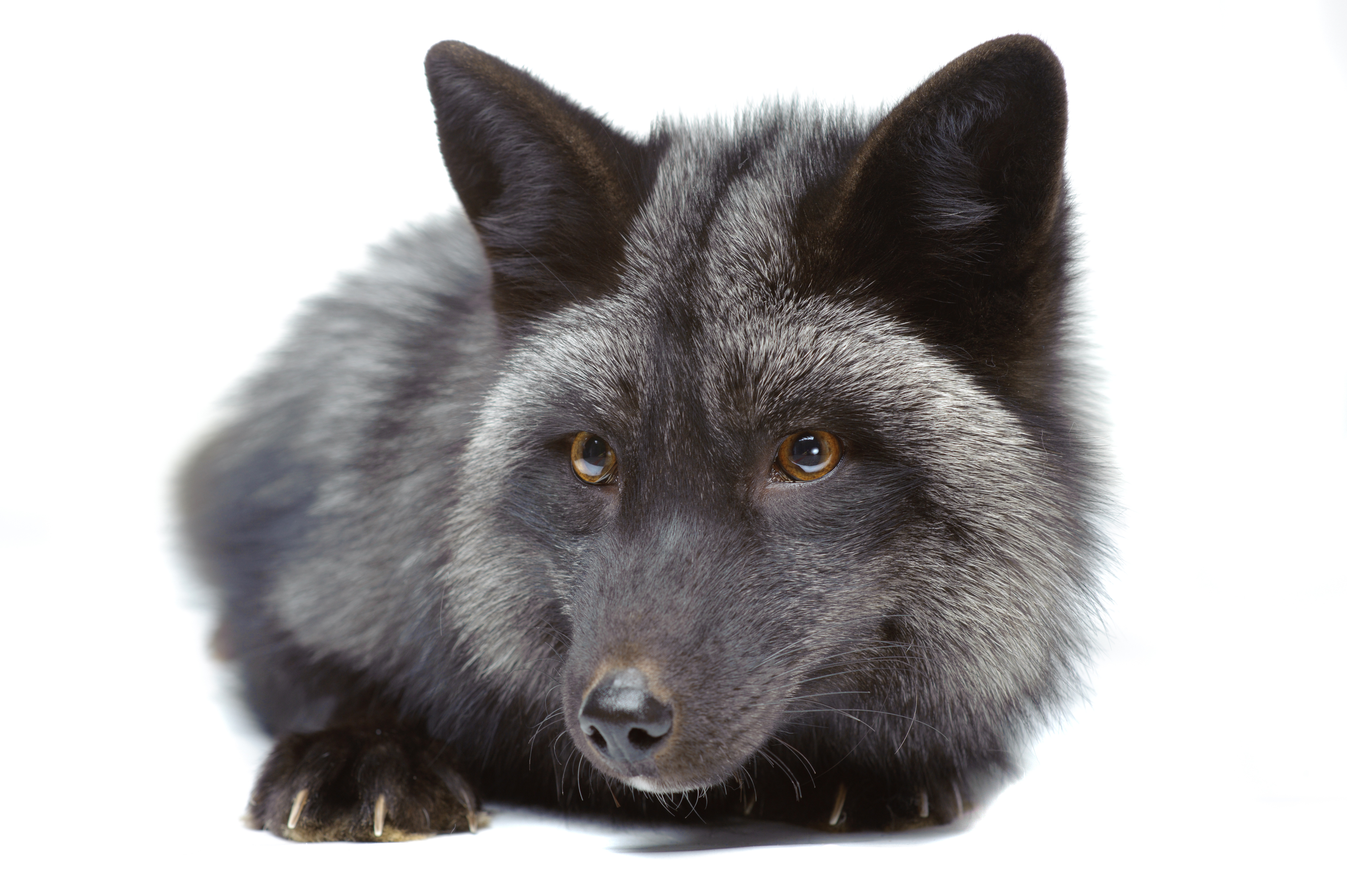by Marc Baldwin - Wildlife Online (all rights reserved by author)
"At Black Foxes UK, we are often asked for advice on observing or deterring wild foxes. Wildlife photographer, blogger and naturalist, Marc Baldwin, has kindly provided our readers with a helpful article and some handy tips for those seeking more information...

Tips on Observing Wild Foxes
Growing up in Sussex, some of my earliest wildlife encounters involved foxes - from the fox that tried to make off with one of our pet ducks in broad daylight, to countless cold nights spent in the car with my Mum trying to photograph them. While it’s true that some people hate foxes, I think that many more get tremendous pleasure from watching them. From personal accounts and stories I’ve seen over the years, it is clear that simply being around and interacting with foxes has helped some people through emotionally dark times.
If foxes are present in your area, how do you go about finding and observing them?
Foxes are social mammals and, contrary to the loner image that is widely portrayed in literature, it’s not uncommon, where resources allow, to find them living in family groups. Indeed, social groups are relatively common in urban areas where food and shelter is easier to come by. These groups typically include the breeding male and female along with daughters from previous litters, although there are examples of sons having also remained on the family territory into maturity.
Wherever you find foxes, whether they’re living as a pair or in a larger family group, a consistent facet of fox behaviour is that they maintain a territory. A territory is an area of land over which the animals range and from which interlopers will be repelled. Territory sizes vary hugely according to resource availability, tending to be smallest in towns and cities and largest in moorland. This territoriality is great for fox-watchers, because if a fox is going to stake a claim on a territory, it needs a way of telling others that the place is occupied. Foxes do this with a combination of scent and vocalisations, which can be used to help locate them and identify their presence.
Give Me a Sign
Seeing a fox in the flesh is great, but many of us only get a fleeting glimpse that tells us little more than that there may be foxes in the area. (I stress may because there are also itinerant individuals - nomads without a home range.) Ergo, if we’re to establish fox residence we need to look for clues to their presence - droppings, paw prints, hair caught on fences, barking, dens/earths. We call these things field signs. Field signs are generally easier to spot in rural locations because urban foxes spend much of their time in private gardens; using fences and walls to move around, essentially unnoticed.
Fox paw prints are distinctive and, with a little practice, easily distinguished from those of domestic dogs and cats. Fox paws are oval shaped, longer than wide, with a heel pad at the base and four toe pads arranged above. Cats have a broad heel pad with the toes arranged in a line along its upper edge. Domestic dogs have a more circular paw shape but with a very similar pad arrangement, the main difference being that the toe pads of foxes don’t intersect. If you can draw a line between the top and bottom two toe pads without cutting into either pad mark, you’re almost certainly looking at a fox print.
Another key fox indicator is fox scat (fox poo), which is used as a territorial marker. Fox poo and the fluid that’s often squirted on it carries a wealth of information about the animal who left it, a bit like a calling card for any passing foxes. The consistency of fox poo is hugely variable according to what the animal has been eating, but it is often a small pile of between one and three “sections” several centimeters long and about a centimeter thick. The droppings will typically have obvious fur/feathers and bone fragments, and will taper at one end into a short twist of fur. Perhaps more distinctive is the placement - foxes deposit their droppings on conspicuous objects in the environment, such as on tree stumps, tufts of grass, at path intersections, on the remains of prey and, in urban areas, shoes, doorsteps and garden gnomes.
If you locate an earth or den, there will likely be droppings in the immediate vicinity of the holes, as well as the remains of food. The entrance hole will be a vertical oval, much like their paw print, it is taller than it is wide. A badger sett, by contrast, will have horizontal oval entrance holes (wider than tall) and will have latrine pits, large spoil heaps and scratched trees in the vicinity. That said, foxes will sometimes complicate earth identification either by taking over an abandoned badger sett or rabbit warren, or in some cases cohabiting with badgers. Earths can be almost anywhere, although in my experience they’re typically in easily-diggable (sandy) soil, close to a water source, and very often within or very close to some dense cover, especially gorse or bramble. In upland areas, foxes will den between boulders in a scree slope, and there are even reports of earths built in pollarded trees; foxes are nothing if not versatile! In many cases, when you find an earth it will be fairly obvious.

If you do manage to locate any of these field signs, you will know that you have struck it lucky and that foxes are present in the area."


